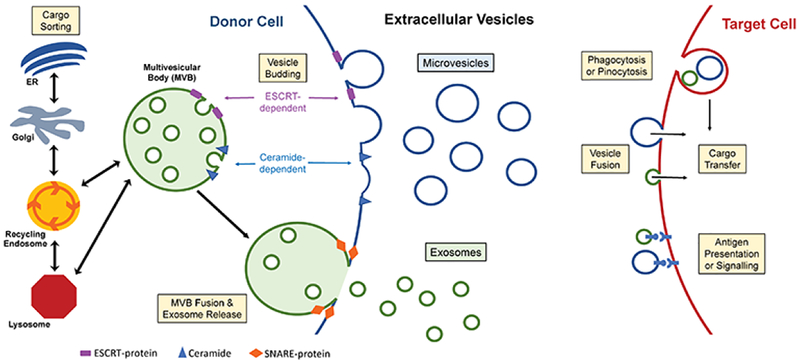Figure 1. Extracellular Vesicle Release and Uptake.
Within the donor cell, cargo is sorted from various organelles and targeted for extracellular vesicle (EV) incorporation by cargo- and context-dependent mechanisms. EVs are formed by 2 major pathways: inward budding into an endosome to form a multivesicular body (MVB), or by direct outward budding of the plasma membrane (PM). Both methods employ multiple molecular components to alter membrane topology, such as ESCRT proteins and the lipid ceramide. Vesicles released from the MVB following SNARE protein facilitated fusion with the PM are termed exosomes, while the vesicles derived from PM fission are microvesicles. Heterogenous populations of EVs traverse interstitium and systemic circulation to reach their target, where they may bind to surface receptors, fuse with the cell membrane, or be internalized by the recipient cell to execute their function

